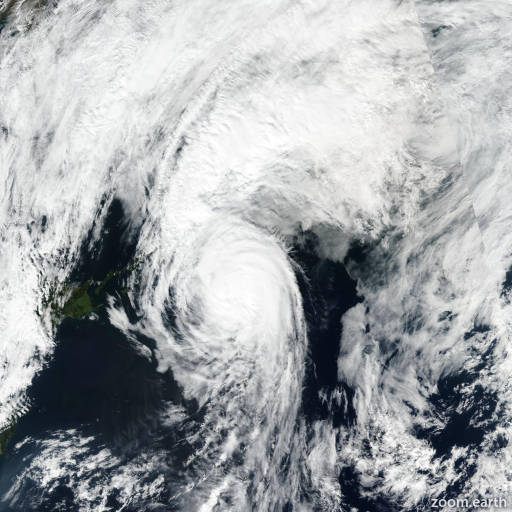Typhoon Jebi 2024
Last Modified:

Satellite images, weather maps and tracks of Typhoon Jebi 2024, 25 September - 2 October. Max wind speed 130km/h.
Click on the map to add points. Double‑click to finish.
Tap on the map to add points.
Last Modified:

Satellite images, weather maps and tracks of Typhoon Jebi 2024, 25 September - 2 October. Max wind speed 130km/h.